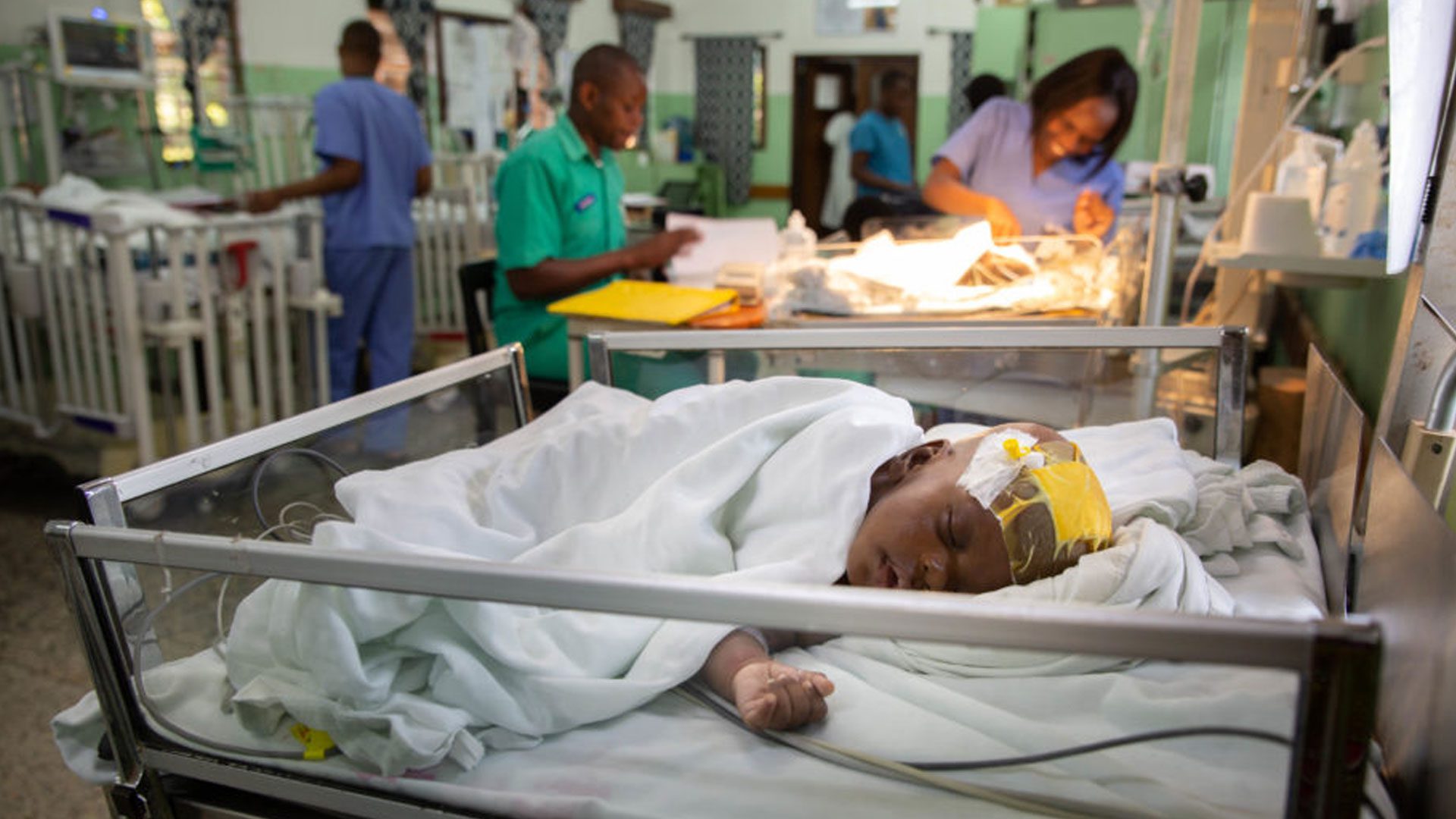Factors affecting survival of infants with myelomeningocele in southeastern Uganda
Abstract:
Object: The survival of infants treated for myelomeningocele (MM) and hydrocephalus in Uganda is unknown. This study investigated 5-year survival and the factors that influenced death in these patients.
Methods: All 140 children from 16 contiguous districts in southeastern Uganda presenting to CURE Children’s Hospital of Uganda for repair of MM prior to 6 months of age between December 2000 and December 2004 comprised the study cohort. Nine patients died within 1 month (6.4% operative mortality) and were excluded from further analysis. Sixty-seven (51%) required treatment for hydrocephalus. Survival status could not be determined for 3 patients (2%). Circumstances of death were ascertained by hospital record or interview. The Kaplan-Meier method was used for survival analysis. Association between survival and district of origin, age at MM closure, MM lesion level, presence of hydrocephalus, and method of hydrocephalus treatment were investigated.
Results: The median follow-up was 86 months. Seventy-three children (56%) were alive at the time of the study, and 81 (63%) had survived more than 5 years. The under-5 mortality rate was 37% (2.5 times greater than the general population). Only 4 deaths appeared directly related to hydrocephalus or MM. There was no significant association between survival and age at MM closure, MM lesion level, presence of hydrocephalus, or its method of treatment. Mortality was lower, approaching that for their unaffected peers, in districts with community-based rehabilitation programs (p = 0.001).
Conclusions: Community-based support following surgical interventions for MM and hydrocephalus appears essential to the continued survival of these children in Africa.























